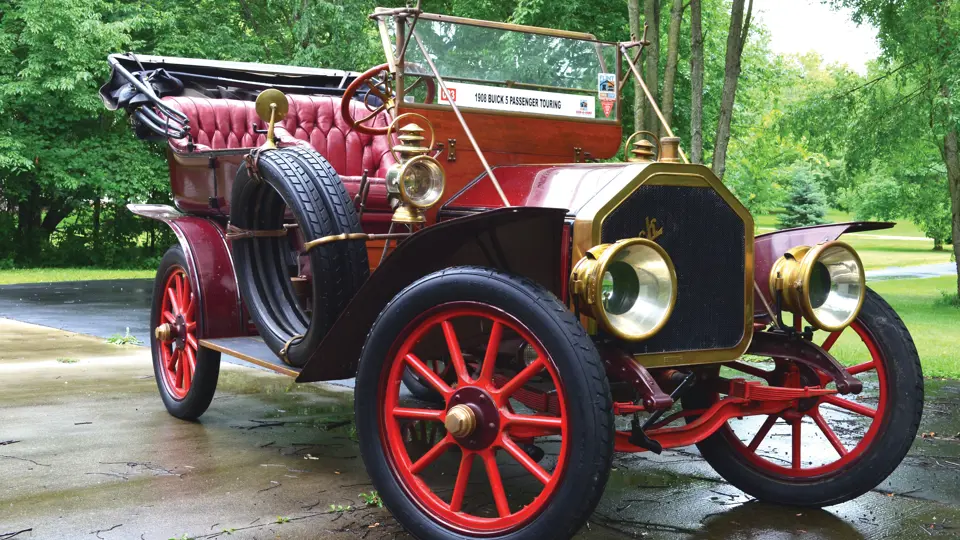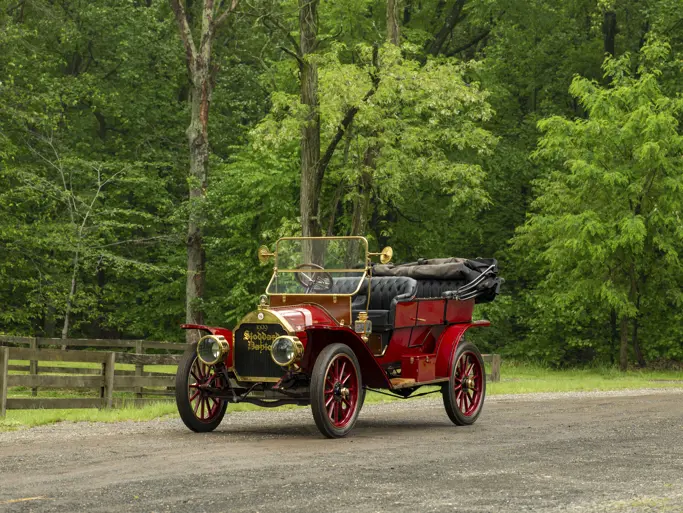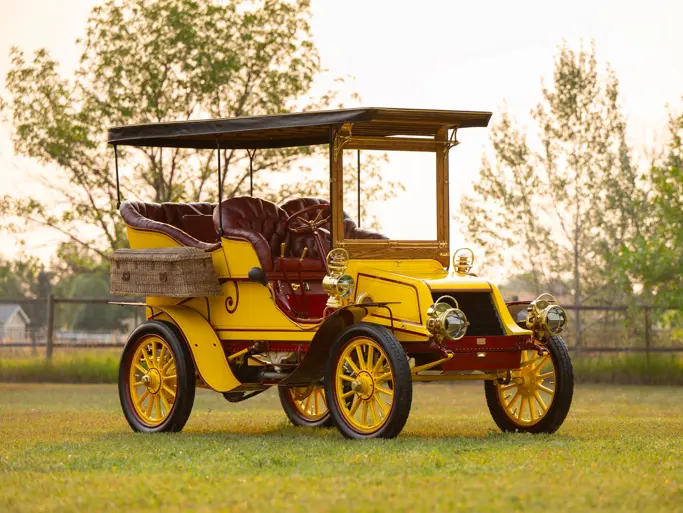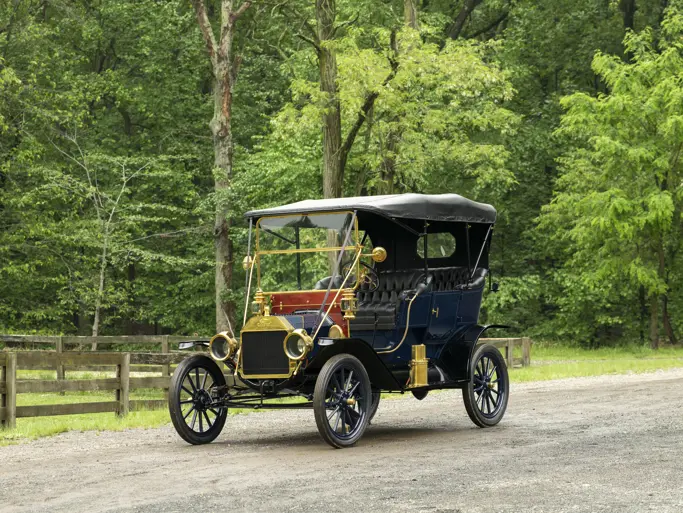 | Auburn, Indiana
| Auburn, Indiana
Although a Scottish-born entrepreneur gave Buick its name, it was a Michigan bicycle merchant and a French machinist who gave the car its soul. David Dunbar Buick, born in Arbroath, Scotland, came to the United States at the age of two and grew up in Detroit. While working for a plumbing fixture company, he devised a method of adhering porcelain to cast iron and became quite wealthy making sinks and tubs. He then launched a venture called Buick Auto-Vim and Power Company to make gasoline engines. Along the way he hired Walter Lorenzo Marr, a machinist and tinkerer who was running a bicycle shop, and Eugene Richard, French-born mechanic-machinist, and together they devised an engine with valves in the cylinder head, opposite the pistons, not alongside them. This “Valve-in-Head” engine would become a hallmark of Buick cars to the present day.
William Crapo Durant took a ride in a Buick in 1904. Two months later he had become a member of the company’s board of directors. A partner in the Flint, Michigan Durant-Dort Carriage Company, Durant was impressed with the car and felt it worthy of investment. An avid stock speculator, Durant had soon floated a $300,000 stock issue for what was now the Buick Motor Company.
The Model D and Model 5 Buicks served as the basis for the successful racing ventures of 1908 that included victories in the light car class at the prestigious Vanderbilt Cup Races. The Model 5 was the top-of-the-line Buick for 1908, and sources show that only 402 Model 5 Buicks were built in 1908.
This lovely car has been with the same caring owner since the 1960s, and it is right-hand drive with power provided by a 336-cid, 40-hp four-cylinder engine that is coupled to a three-speed manual transmission. A beautiful and rich color combination is in keeping with the period of manufacture and is highlighted by an elegant tufted interior. The brass accompaniments are plentiful with headlights, cowllights, taillight, radiator shell, dashboard fittings, windshield frame, steering column, hubcaps and more. The dual spares are both mounted on the driver’s side of the car and have a pedestal-mount brass mirror tethered to the arrangement. Wooden-spoke wheels are painted a complementary red tone and complete the presence of this desirable, uncommon and early antique automobile.





